ETICO
In between, in the summer of 2021, the ReStartApp ‘on-campus’ course was held, at the end of which Marta came first, tied with Riccardo Arletti of Tipì. “My partner in life signed me up ‘behind my back’. He realised that my project was still lacking a pragmatic side, i.e. the ability to manage a business, to keep a profit and loss account or be able to define the right price for the clothes I made”, explains Marta. Marco, her partner, is an environmental and hiking guide, very active in the local community, and had been following ReStartApp for years. “He thought I could take advantage of that opportunity – says Marta – He thought that training would be vital for me, and he was right: from the very first day at the course, I kept my eyes and ears wide open to grasp every detail. I will be forever grateful to him”. Of all the things Marta learnt at the ‘on-campus’ course, one of the most meaningful was the importance of fully appreciating craftsmanship, which does not mean “stepping into the world of luxury – although that might even be the case – but realising that a pure silk dress, like this one”, she says, pointing to one on a hanger “costs €400 and can be suitable for an important occasion, an event or a wedding”. Marta summarises the lesson she learnt as follows: “I had to understand I am not my target”.
For some time, she tried buying certified fabrics from sustainable supply chains, but then she went back to her original project, i.e. create her collections from what was available. “In order not to contribute to a hyper-production system myself while also avoiding very high costs, I decided to go back to my original idea and recover waste fabrics from the companies – always ‘neutral’ fabrics, which I can also use in the following years. I take fabrics in small sizes, perhaps enough for a couple of garments, which is ok for a handmade product”, she explains. She buys everything from a warehouse in Montefano which collects waste in the area, where many subcontractors also work for leading fashion brands. In addition to fabrics, she also takes buttons and zips. “I can’t understand how companies can cope with such huge waste. I sometimes find pure silk or silk-cotton blend fabrics, I can’t believe they can accept this system based on ‘waste’”, she comments.
“Initially – she recounts – I used to work with rolls of cloth, the kind everyone has in their grandmother’s attic, the kind from which sheets used to be made, in hemp and cotton or linen and hemp. The problem is that there is no traceability: it’s impossible to know the exact composition of the fabric. I have also used all fabric pads from grandmothers and aunts – I have lots of them, new ones”. The problem of non-traceability also applies to dyes: the avocado peels Marta uses for different shades, ranging from antique pink to warm pink, are restaurant waste. Onion peel she gets from the baker. From pomegranate peel she obtains a whole series of colours, from lemon yellow to anthracite grey. “All this is not regulated”, she summarises.
